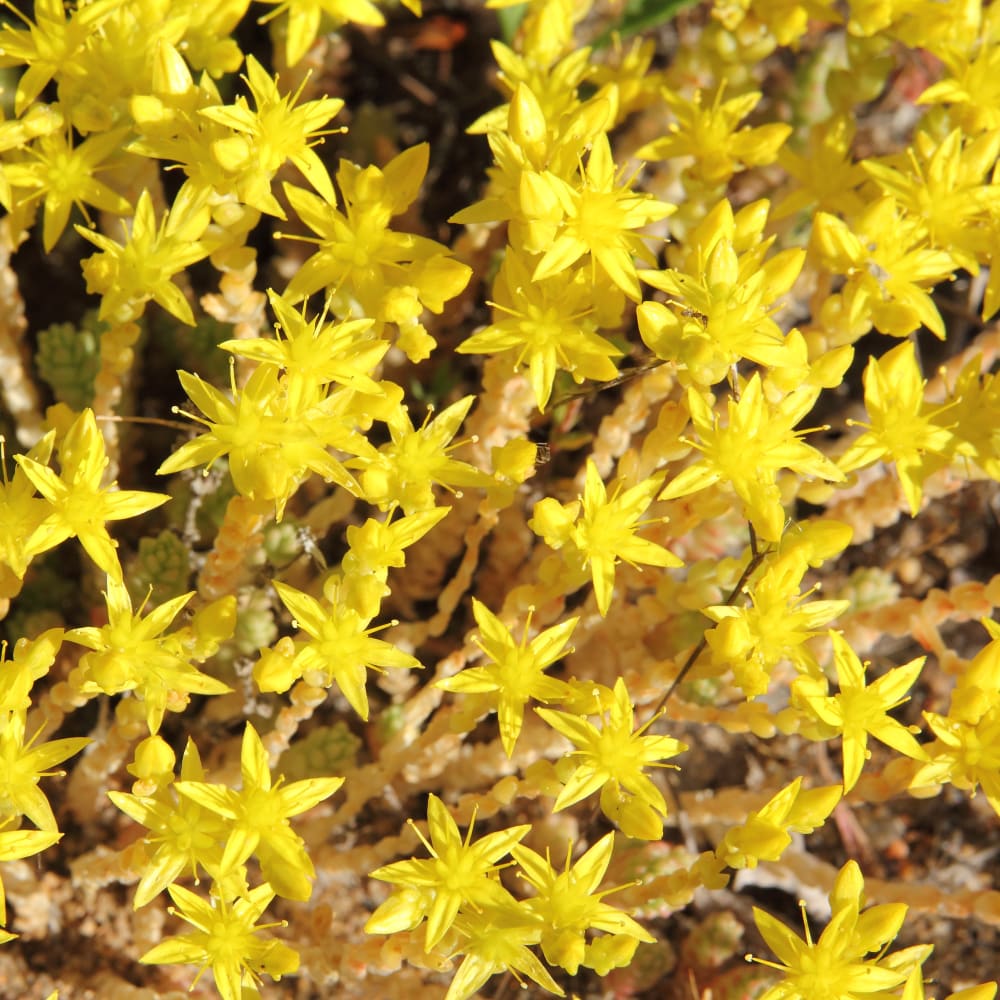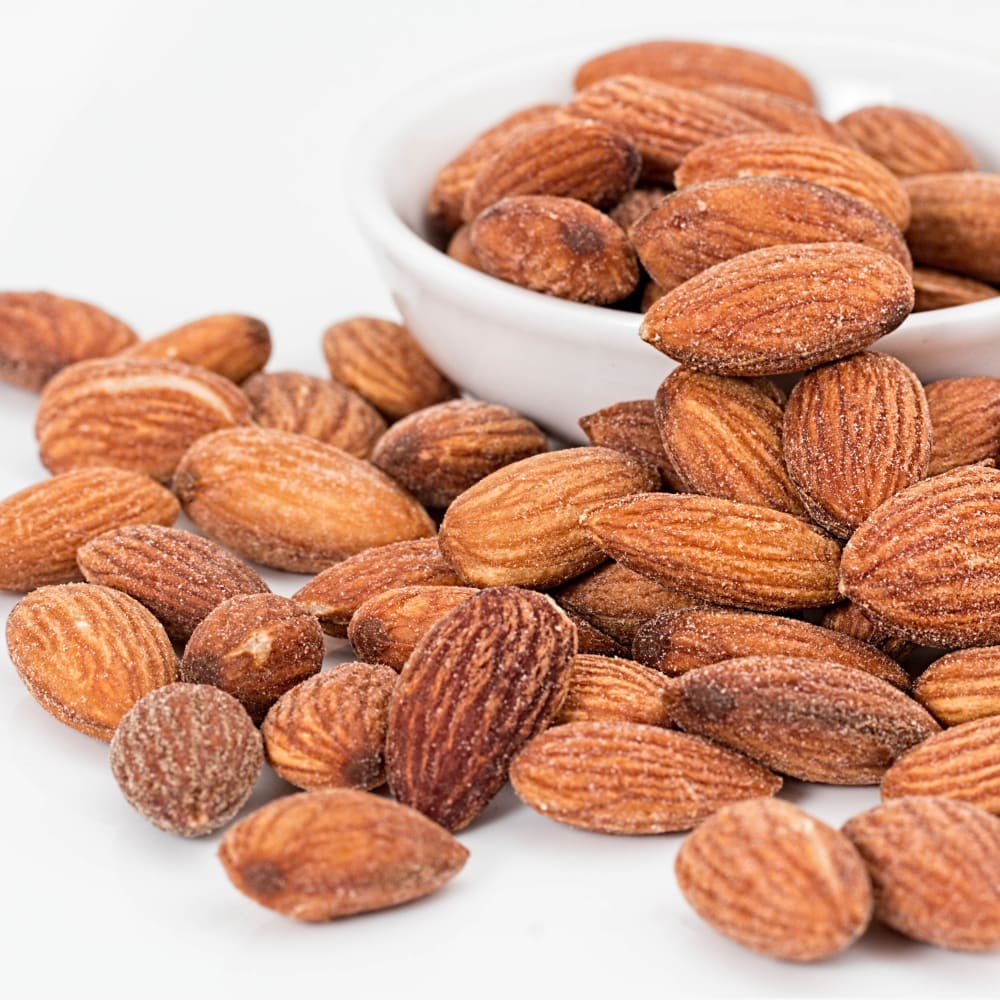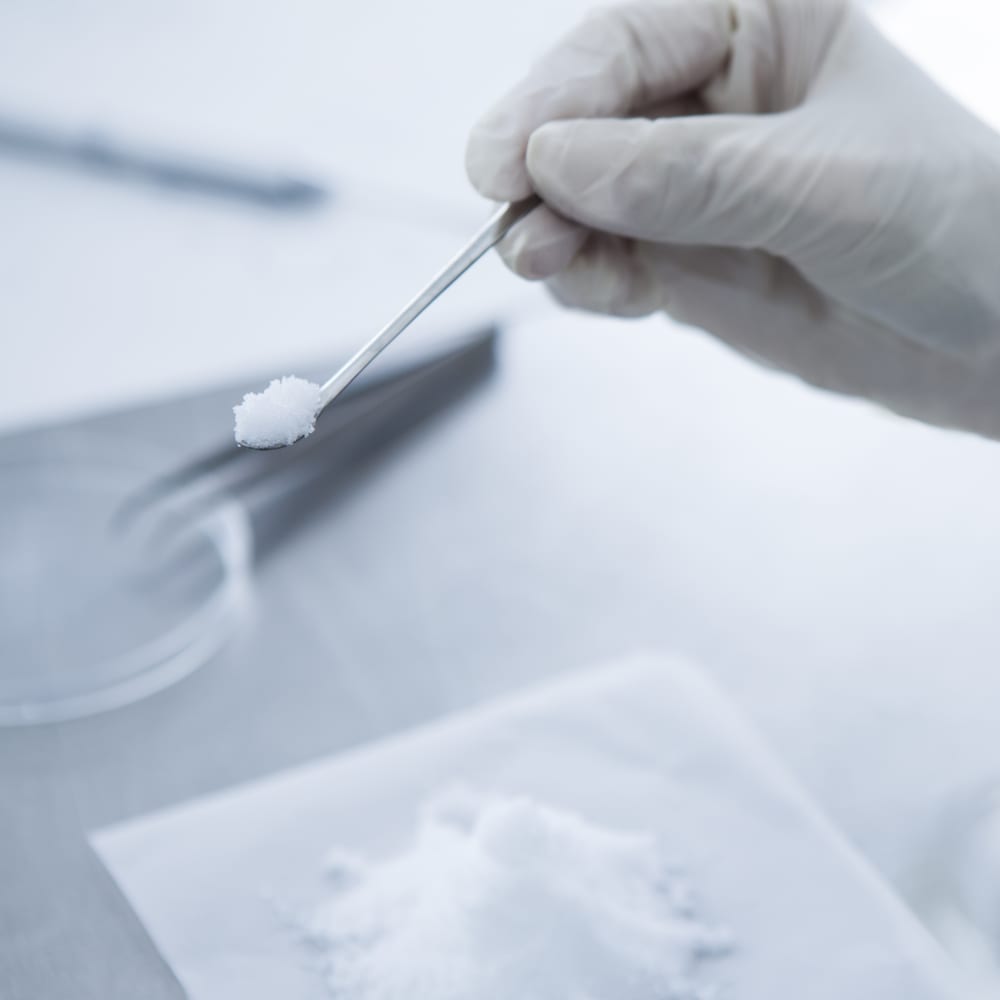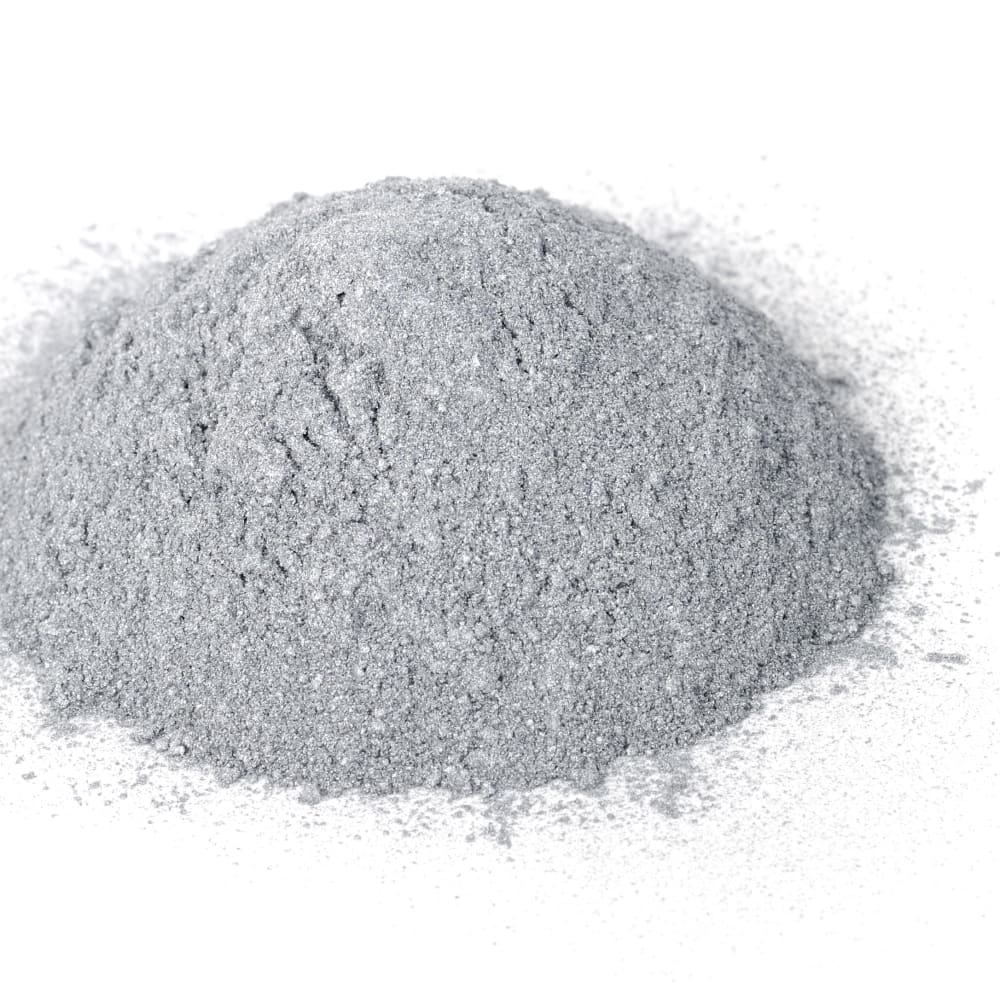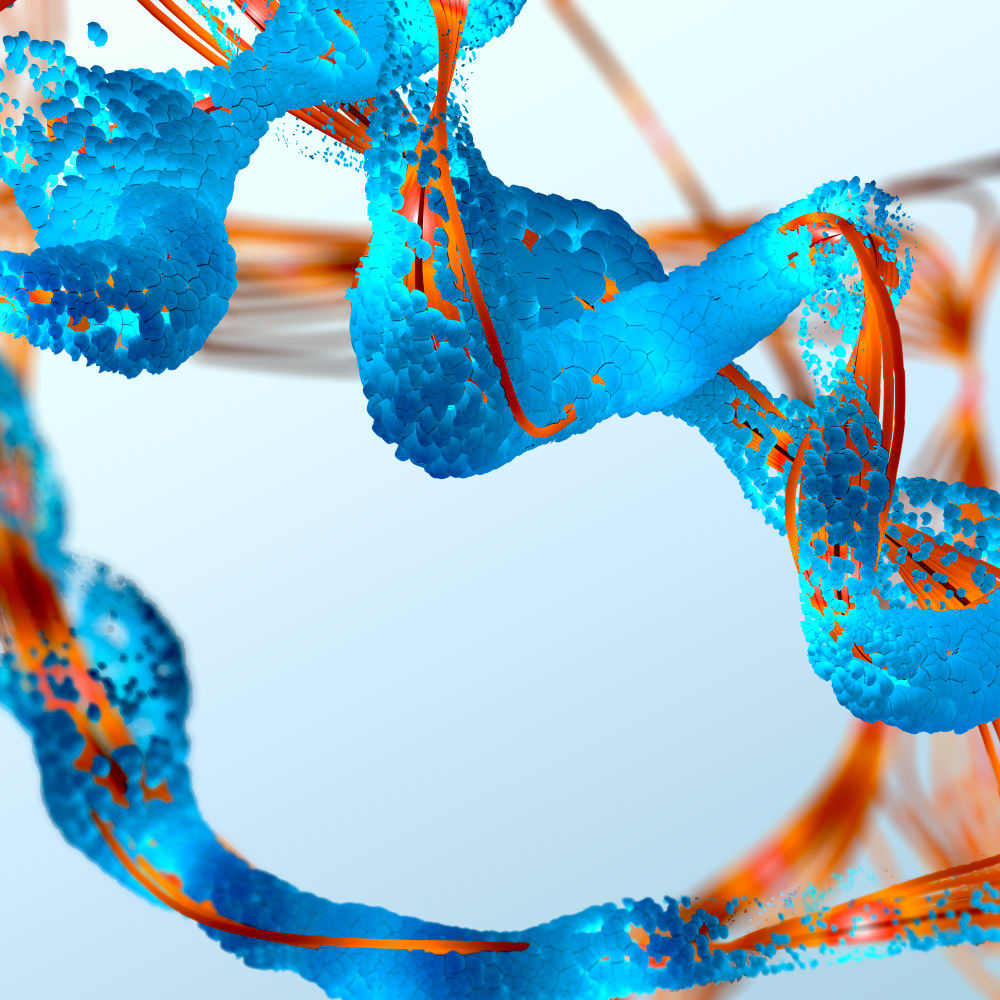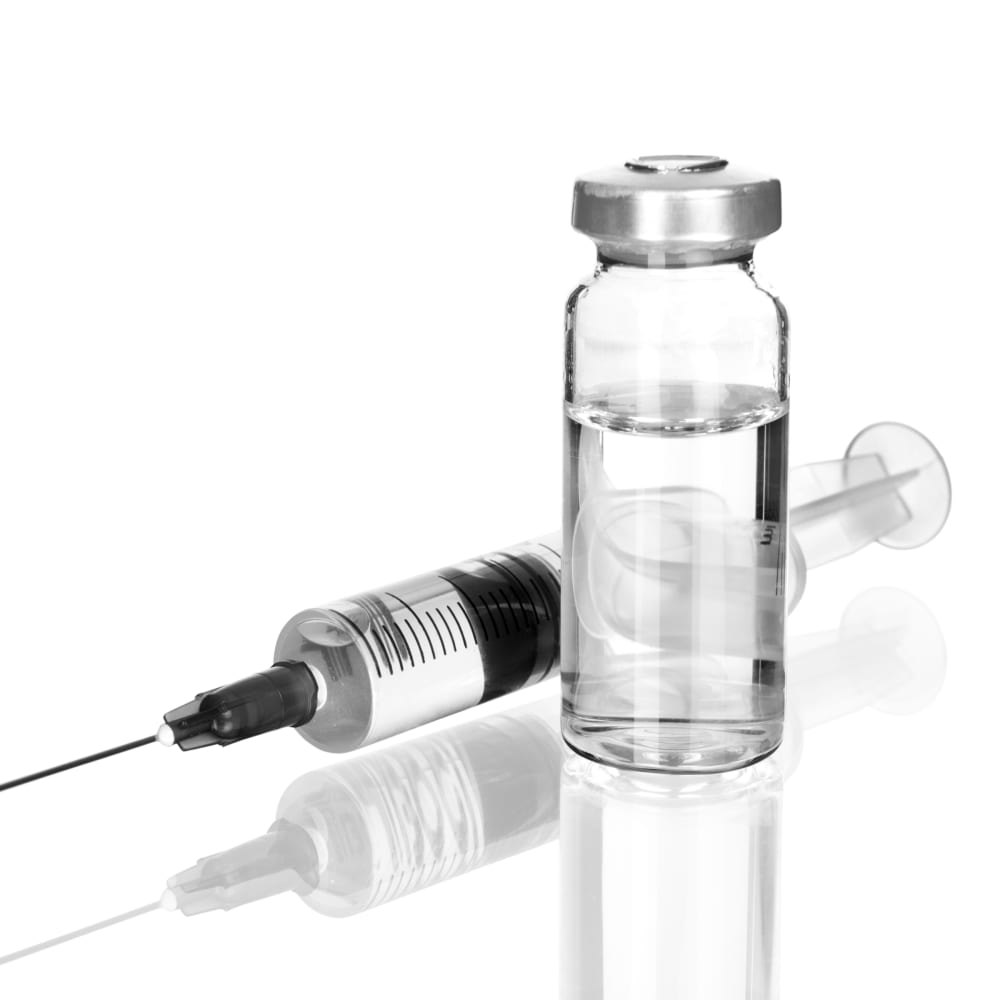Spray Drying of Sulforhodamine

Spray drying is a common technique used to produce powders from various materials, including sulforhodamine. Sulforhodamine is a fluorescent dye that is commonly used in biological and biochemical research to label and visualize proteins, nucleic acids, and other molecules.
The spray drying process involves atomizing a solution of sulforhodamine in a solvent into a spray of droplets, which are then rapidly dried in a stream of hot air. The resulting dry powder consists of small, spherical particles with controlled size and shape. The process allows for the production of a large quantity of uniform particles with excellent flowability and dispersion properties.
The properties of the sulforhodamine powders produced by spray drying can be tailored by adjusting the process parameters, such as the inlet temperature, feed rate, and drying time. The use of different solvents or additives can also affect the properties of the final powder.
Overall, spray drying is an effective method for producing sulforhodamine powders with controlled properties, which can be used in a wide range of biological and biochemical applications. The process allows for the production of a large quantity of uniform particles with excellent flowability and dispersion properties, which can improve the performance of the final product.
Please find starting parameters and some Results in this Application Note No. 687.

